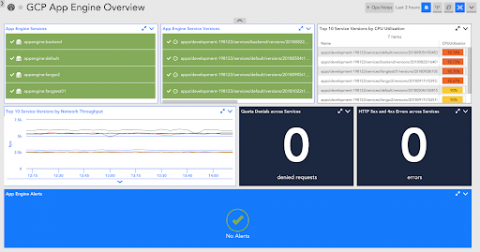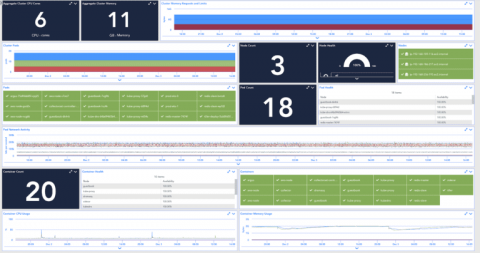Key Metrics for Monitoring Google Cloud App Engine
Google Cloud App Engine is a serverless platform that enables users to develop and deploy applications. App Engine allows developers to focus more on building applications and less on managing infrastructure. Even though you don’t have to worry about maintaining any underlying infrastructure, you do have to ensure that you have enough visibility into App Engine health and performance to proactively prevent downtime.











